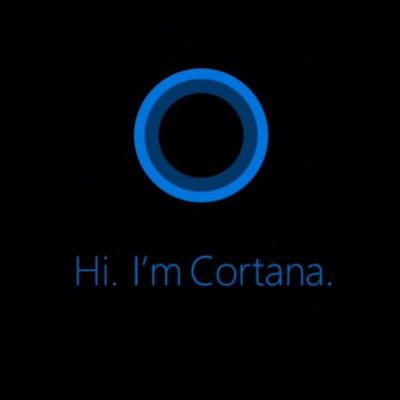Microsoft has recently decided to change the way they approach mobile computing. Dissatisfied with their previous performance in this lucrative market they are going all in on windows phone 8.1 they have been making a serious push to take advantage of the mobile computing explosion by creating software that is designed specifically for the mobile device user. When the software giant released Windows Phone 8 in the fourth quarter of 2012, many thought it was only a matter of time before the software would catch on with mobile users. Unfortunately for Microsoft, the smartphone market hasn’t been as accessible as the home and business computing market, and Windows Phone 8 has been a thorough disappointment.
Later this month, Microsoft will be reimaging their Windows Phone 8 offering with their first large-scale update, Windows Phone 8.1 (codename Blue). With the launch of Blue they hope to begin expanding their under developed Smartphone market share. Early reviews seem to posit that they are well on their way to succeeding. After acquiring Nokia earlier in 2014, Microsoft believes that the Windows Phone 8.1 upgrade will be the catalyst they need to compete in the smartphone market.
Going forward, Microsoft hopes that the newest update, Windows Phone 8.1, will give users compelling reasons to switch. Two of the main revisions that the Windows Phone 8.1 update will feature are:
- A dedicated notifications area – Some users who have made the change from an android or Apple-based system, have been disappointed by the notifications area in the windows 8 phone. The Windows Phone 8.1 Update provides users a new “Action Center” that will make the user experience of your Windows 8 Phone that much more dynamic.
- Cortana – The most anticipated addition to Windows Phone 8.1 is the integration of the Bing search-based personal assistant, Cortana. The application is the first personal assistant available for Windows Phone 8 devices and is named after the popular HALO character. Microsoft has gone to great lengths even using Jen Taylor, the actress that played Cortana in the games, to provide the voice for the virtual assistant. The popularity and usefulness of Apple’s integrated personal assistant, Siri, and Android’s Google Now, created the demand that Microsoft is responding to. Early returns on the usefulness of the software have been positive, with users complimenting the ability for Cortana to be customized to meet their needs.
These are two of the most important features the Windows Phone 8.1 update will provide mobile users, but they aren’t the only ones. Many other improvements have been made, that include:
- An upgrade to Internet Explorer 11, including “InPrivate” mode.
- “Data Sense” to help users manage their data usage. Windows Phone 8.1 integrates a setting to allow users to limit their data to avoid expensive carrier-based data fees.
- Additional live-tile customization.
- Adds multiple functions to the messaging capabilities of Windows Phone 8 devices. “Word Flow” allows users the option to integrate a “Swipe” feature to their messaging input.
- Provides enhancements to the Phone Storage application that comes equipped on Windows 8 handsets. This allows users to manage their device’s storage capabilities to ensure that users don’t run out of storage.
- Presents additional Near Field Communication (NFC) capabilities.
- Adds the ability for users to project their Windows Phone screen using wireless Miracast or wired USB technologies.
- Presents improvements to Windows Phone Store.
- Presents improvements to Windows’ camera application, including “burst mode.”
- Windows Phone 8.1 comes equipped with a battery-saving application called “Battery Sense”, that helps users get the most out of their device by managing the amount of power each application uses.
- The “WiFi Sense” application automatically signs the Windows Phone into trusted available WiFi hotspots.
- Features revamped “Calendar” and “Maps” applications.
- Separates Xbox Music and Xbox Video and adds functionality for each.
- Adds a “speed dialer” application.
- Adds a dedicated file manager.
- Allows users to set volume on multiple levels instead of the global volume adjustment toggle found on Windows 8 Phone.
With all these improvements, Microsoft is beginning to actualize former CEO Steve Ballmer’s plan to modify Microsoft’s strategy in the devices and services arena and become a serious player in the mobile device market. Currently, Windows Phone 8.1 can be found on the Nokia Lumia 930, the Nokia Lumia 630, and the Nokia Lumia 635.
Depending on your service provider, Windows Phone 8 users should expect an update to become available by the end of the month. Do you think that Microsoft can capture a larger market share with all the smartphone competition? Leave us your thoughts in the comments.

